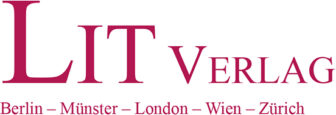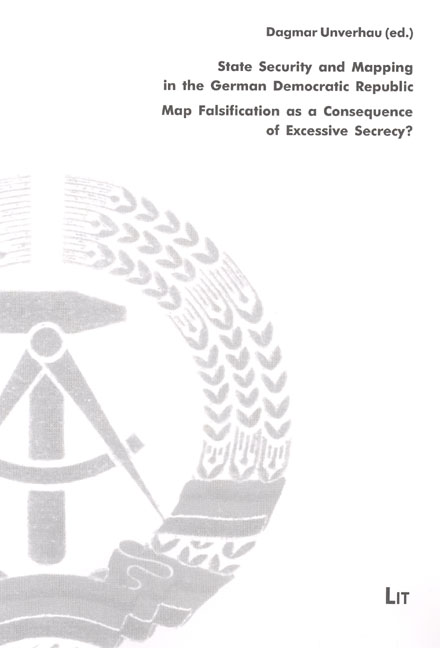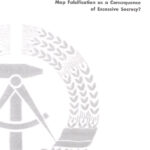Beschreibung
As of 1958, in the German Democratic Republic (GDR), the Ministry for
State Security was responsible for classified material, including
topographic maps, which were produced and published by the Administration
for Surveying and Mapping in the Ministry of Internal Affairs and by the
Military Topographic Service in the Ministry of National Defence. In order
to make sure that topographic documents were handled, stored, safeguarded,
and administered according to the GDR’s security doctrine, the Ministry
for State Security maintained its own ‘Surveying’ Line within Main
Department VII (Counter-Intelligence in the Ministry of Internal Affairs /
German People’s Police).
Following the Conference of the Geodetic Services of the Socialist States
held in Moscow in 1965, the National Defence Council of the GDR adopted a
resolution stating, among other things, that topographic maps in the
uniform Co-ordinate System 42 were only allowed to be kept in the offices
of the so-called ‘armed organs’ (the Ministry of National Defence, the
Ministry for State Security, and the Ministry of Internal Affairs). Maps
used by anyone else were to be recalled and replaced by an Edition for the
National Economy (AV), from which the uniform sheet line, geodetic grids,
trigonometric points, and quality and quantity details as well as other
‘confidential information’ had to be removed. Moreover, maps for the
general public were to feature distortions of direction and scale, and
inaccuracies of up to $pm$3 km.
The purpose of this collection is to illuminate both the Ministry for
State Security’s influence on mapping in the GDR and the ulterior motives
behind its practices. Historians, cartographers, and geographers,
including expert contemporary witnesses, explore these topics from a
variety of viewpoints and provide archivists, map historians, and other
map users with information helpful for evaluating and dealing with maps
published in the former GDR.


